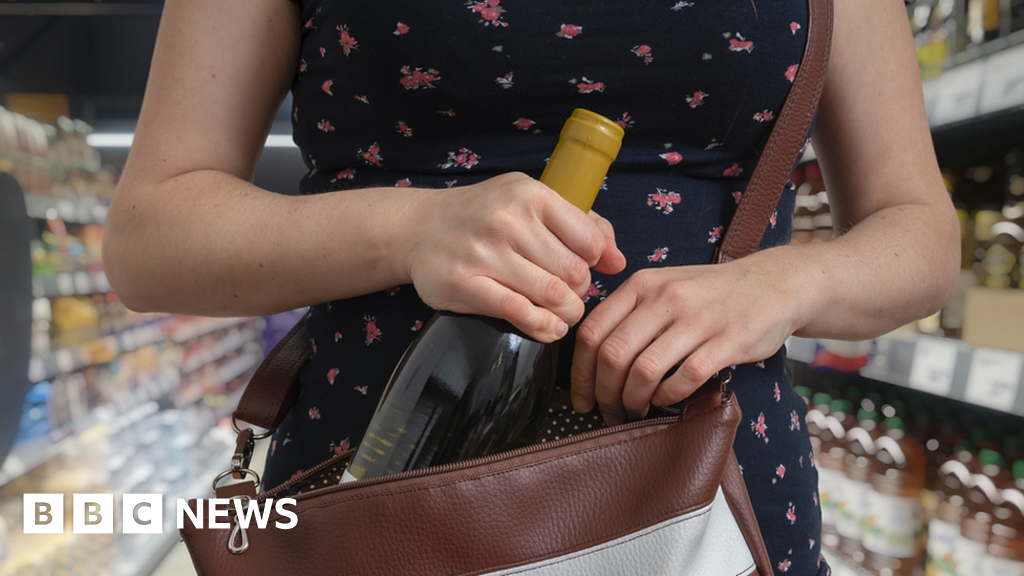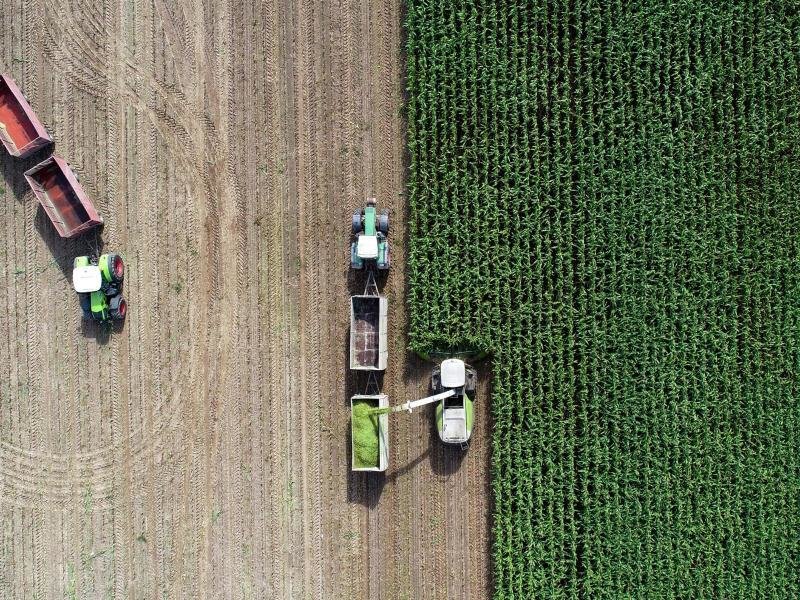Geneva (dpa) – Climate protection measures can have dire consequences for biodiversity. Scientists warn against this and call for considering the climate and biodiversity crises as two sides of the same coin.
Otherwise, putative solutions to one crisis could exacerbate the other, according to a report by the International Council on Biodiversity IPBES and the Intergovernmental Panel on Climate Change. For the first time, they discussed solutions to interlocking crises together and published their findings on Thursday.
Scientists argue that good protection of the species benefits the climate. They demand that 30 to 50 percent of the world’s oceans and land areas be placed under the protection of nature. Currently it represents about 15 percent of the land and 7.5 percent of the ocean. The circular economy must be promoted in order to use fewer resources. The world should stay away from disposable products. Subsidies that endanger species must be eliminated in order to prevent poaching, deforestation or excessive fertilization of fields.
“Climate protection is often thought of without biodiversity, and we have to change that,” said one of the authors, climate researcher Hans-Otto Porttner of the Alfred Wegener Institute (AWI) in Bremerhaven at a press conference at the Science Media Center. Swamp restoration is an example of measures that enhance both. It can associate a lot of destructive carbon dioxide with the climate and at the same time it is a vital environment for many species.
Co-author Joseph Seitel of the Center for Environmental Research (UFZ) in Halle/Saal provides an example of the adverse effects of climate measures: “Biomass farms are a really bad idea if we want to combine climate protection with biodiversity,” he says. For example, biogas corn fields will have little biodiversity. There are also problems with afforestation with only one type of tree. You can see it in Harz, where spruce plantations are suffering from climate change and are susceptible to bark beetles. Monoculture can also disrupt nutrient cycles and water supplies.
Another example is electric mobility: more electric motors instead of combustion engines help protect the climate. Batteries require raw materials that are mined in mines with harmful consequences for the environment and people, said Almut Arneth of the Institute of Meteorology, Climate and Atmospheric Environment Research (IMK-IFU) in Garmisch-Patenkirchen. New technologies are needed here in order to conserve raw materials.
The loss of species is due to many reasons: expansion of agriculture and cities, overfishing in the seas, environmental pollution and climate change. According to the environment organization WWF, the number of mammals, birds, amphibians, reptiles and fish decreased by 68 percent from 1970 to 2016. Species became extinct and new species emerged for millions of years. The International Union for Conservation of Nature (IUCN) estimates that the loss is now 1,000 to 10,000 times faster than it would be without human impact.
Portner said the next federal government’s most important task is to ensure that the goals of the Paris climate conference are met. According to previous plans, the Federal Republic wants to reduce greenhouse gas emissions by 65 percent by 2030 compared to 1990 levels. Germany should be climate neutral by 2045.
The requirement that greater consideration be given to the consequences for biodiversity and the people affected by climate protection is not new. But at the governmental and international levels, the issues are often considered separately: here is the Global Biodiversity Council, and there is the Intergovernmental Panel on Climate Change.

“Alcohol buff. Troublemaker. Introvert. Student. Social media lover. Web ninja. Bacon fan. Reader.”







More Stories
Simple recipe: sweet cream cheese slices from the tray
This is how our brain chooses what information it will remember in the long term
Up to 100 pilot whales stranded in Western Australia – Science